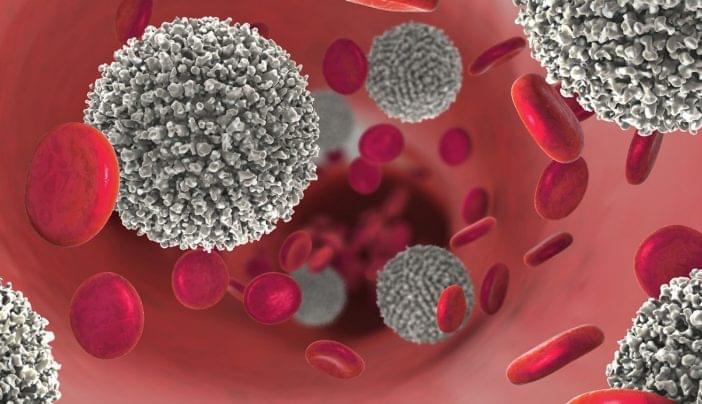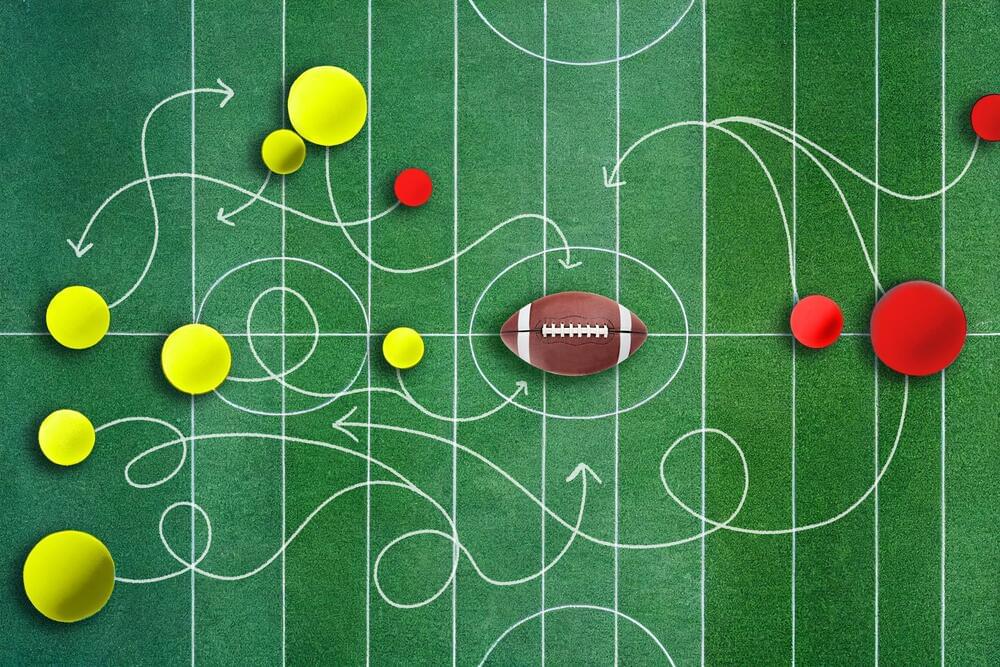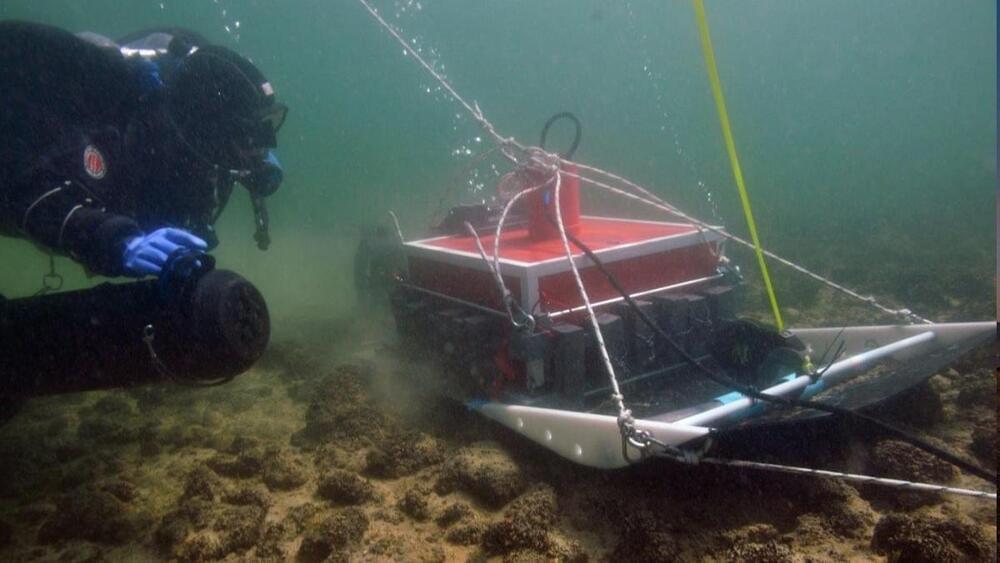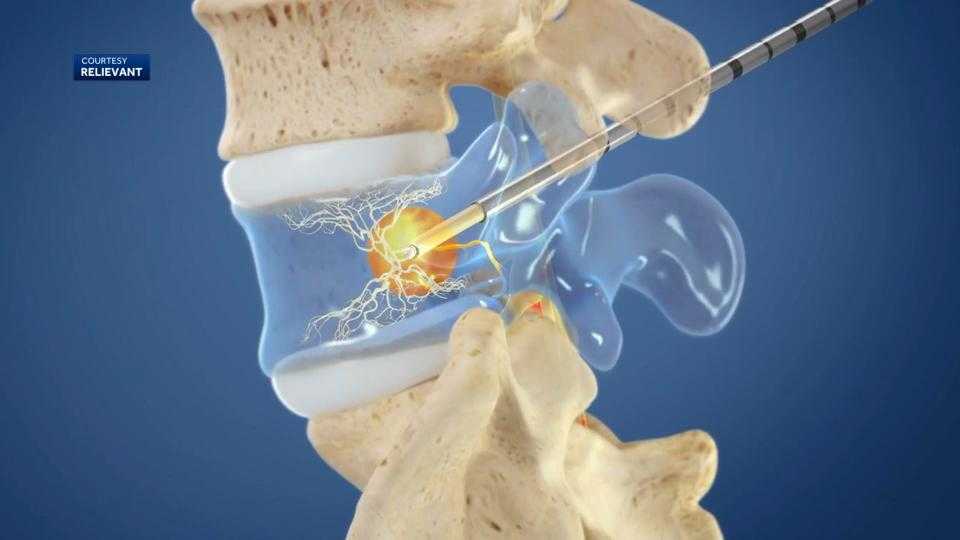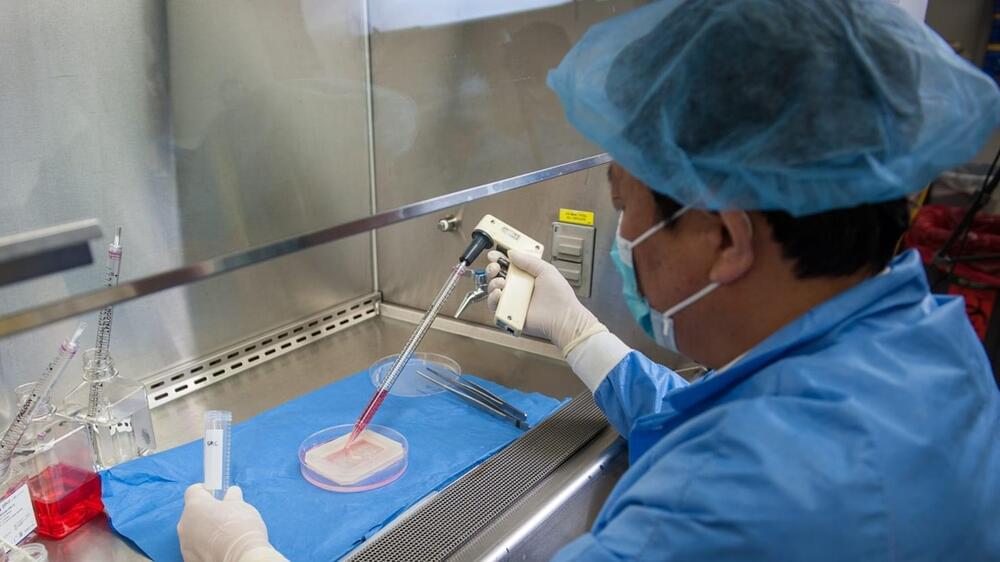Mortality | Lex Fridman Podcast.
This is not an official channel. PodCuts is an initiative that brings together the best parts of the most relevant podcasts. Our goal is to spread the Podcast culture to as many people as possible.
Follow us for the best selection!

